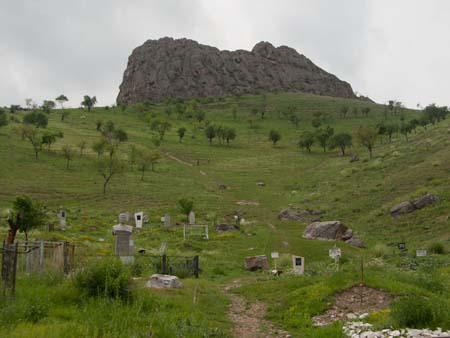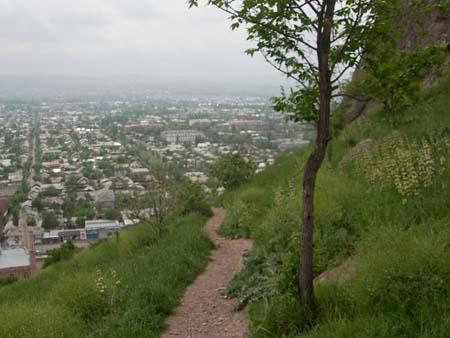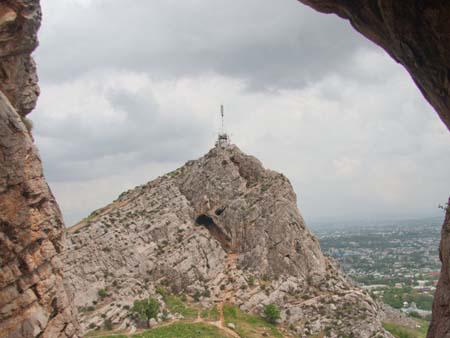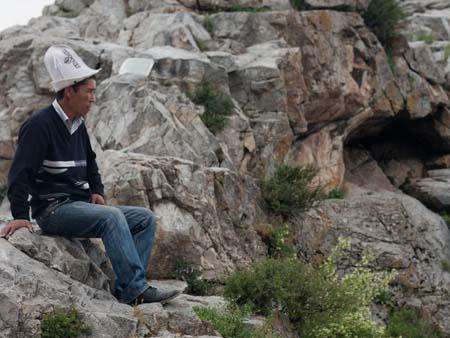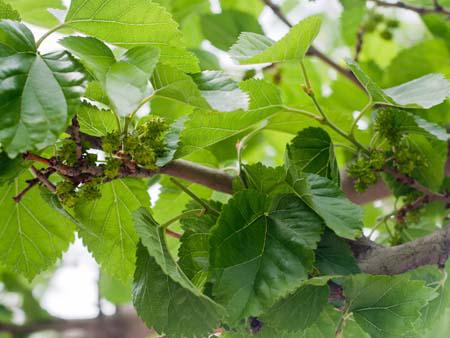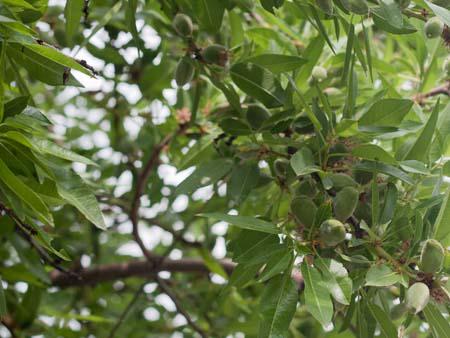thydzikgooglemap(http://sonyaandtravis.com/maps/tashkent-uzbekistan-to-osh-kyrgyzstan.xml)
We arrived late afternoon in the town of Osh by mashrutka (minibus) from the border pass. We decided to stay at the Osh Guesthouse, a family run hostel located deep in the neighbourhoods of Osh. A friendly European guy who appeared to be a traveller himself answered the door – he advised us that the caretaker was out getting water as there was apparently a water outage in Osh. I’m personally able to withstand various levels of comfort (e.g. don’t mind staying in a dorm, using shared bathrooms, lack of hot water etc) however running water was one of my ‘prerequisites’ and I questioned whether we should stay or seek other options (we had already experienced absence of water in Uzbekistan). Why there was no water was beyond my understanding as it had been raining the past few nights and Kyrgyzstan is widely known for its famous mountain water sources. However, I could see that Travis, at the recognition of readily available wifi was quite content with the place. Anyway, we decided to stay for a night and see how it went. The caretaker (a young baseball cap-wearing Kyrgyz) came back with a few buckets of water (priority, he said was ‘for toilet’). Thankfully later that night the water started up again.
We had dinner, which was a beef and vegetable dish with rice and chai, at the local chaikhana (teahouse). It was bustling with local men chattering loudly in Kyrgyz.
The following morning we began exploring Osh, starting at the local Jayma Bazaar – rows of bread stalls sold round doughnut shaped loafs of bread (with the hole filled!), stalls sold pistachios, dried fruit, fresh fruit, and then of course were the electronics, made in China goods, clothes, local traditional wear (including notably the Kyrgyz kalpak, a tall felt hat worn by Kyrgyz men).
We then headed uphill towards the Solomon’s Throne – a pilgrimage site atop a massive hill overlooking Osh. Prophet Mohammed was said to have prayed here. It was a fairly unremarkable giant rock, however provided great views of Osh and an opportunity to observe the local Kyrgyz culture particularly at the Dom Babura (a little mosque nearby). We then headed to a musty old museum (the Historical Museum) which, aside from some fantastic photography of Kyrgyzstan, housed a wide variety of taxidermy and various Kyrgyz artifacts. Afterwards we visited the nearby three story mutton smelling yurt before heading back to the bazaar to pick up snacks.
thydzikgooglemap(http://sonyaandtravis.com/maps/osh-kyrgyzstan.xml,s)




































































































